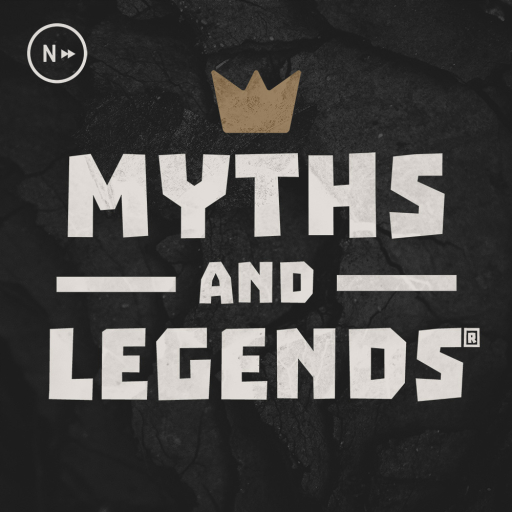PROTECT YOUR DNA WITH QUANTUM TECHNOLOGY
Orgo-Life the new way to the future Advertising by AdpathwayWhen we communicate using sounds we call it speech. When we communicate using writing we call it script. There are different kinds of scripts in the world. Are they emojis? Are they letters? Are they consonants and vowels? What is the direction of writing?
The ancient Sumerians of Mesopotamia invented writing around 3300 BC, using the cuneiform script – it was written by pressing wedge-shaped marks known as cuneiform into clay tablets. This was originally logographic (picture-based or emoji). Then came the Egyptian hieroglyphs (sacred writing) which were also logographic. Then came Chinese writing, which was logographic as well. These were all originally written from top to bottom. Later, Egyptian could be written in both directions. Cuneiform writing was left to right.
Cuneiform became syllabary (using sound units) around 2800 BC to expand the number of words written, because logographic script was limited in scope. This cuneiform script was used for many languages and was used by kings of Assyria, Babylon, and Persia.
The Harappans traded with Sumerians but did not adopt cuneiform script. The Harappan script is probably a set of emojis – maybe logographic – though some scholars challenge this. On seals, it was written right to left, as indicated by crowded symbols on the left. However, sealings (the seal impressions) were read left to right. Sometimes, the script was carved first right to left, and then left to right – like the way a cow ploughs a field. This kind of writing is called Boustrophedon.
Who invented alphabets and vowels
Alphabets were invented by the Phoenicians (from present-day Lebanon and Israel) roughly around 1200 BC. But they invented only consonants. A script with consonants is abjad. This gave rise to Hebrew and Aramaic, and later Arabic and Persian scripts. These are written from right to left probably because it was first carved on stone using a chisel and hammer.
Around 800 BC, the Greeks invented vowels. Like the cuneiform script, they wrote from left to right. This came to India around the time of Alexander’s invasion in 326 BC. Vowels are sounds that are usually produced with an open mouth and open vocal cords, while consonants are sounds produced by closing the lips and closing the vocal cords. Syllables are combinations of consonants and vowels.
The English script, for example, has 21 consonants and 5 vowels – A, E, I, O, and U. The Nagari script has 34 consonants and 14 vowels. However, the number is not fixed, it varies from language to language. This means language is culturally influenced, even though all humans have it, and it may have some genetic roots.
What makes Brahmi script unique
The ancient Indian writing system or the Brahmi is unique in that it is an abugida – which falls between an alphabet (vowels and consonants are separate) and a syllabary (vowels and consonants are merged). In Brahmi, vowels are arranged in a circular, i.e. above, below, before, or after their connected initial consonant. This makes it unique.
When this script was discovered in Ashokan edicts (250 BC), 19th century scholars called it the “pin-man” script. Then, in the Buddhist text Lalitavistara Sutra (300 AD), composed five centuries later, it was said that the Buddha was taught many scripts (lipi) as a student. Brahmi was the first name on the list.
Since Brahmi was linked to Brahma, the creator god of Hinduism, scholars decided to name the Mauryan script as Brahmi script. Interestingly, as per Digambar Jain mythology, the first Tirthankara Rishabhadeva taught writing to his daughter, who was called Brahmi. This information comes from Adi Purana dated to 900 AD.























 English (US) ·
English (US) ·  French (CA) ·
French (CA) ·